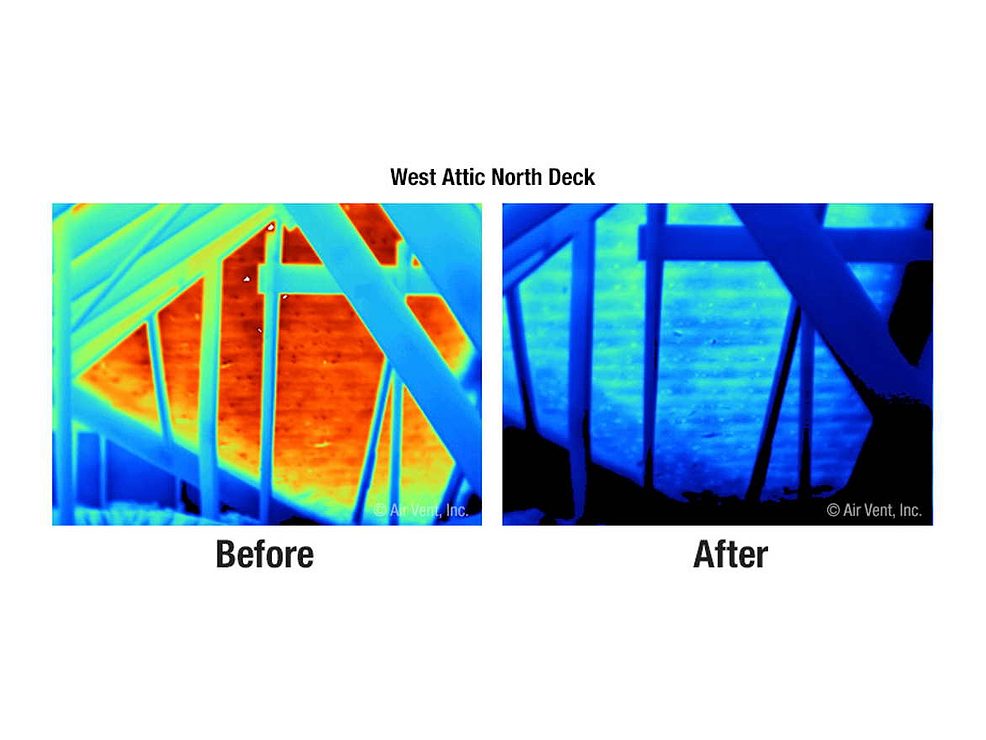The commercial roofing business is beginning to show signs of life, but recovery may be long and slow in this important segment of our industry.
Numerous issues remain on the front burner. The insurance industry pundits continue to warn of rising rates with relief nowhere in sight. State and local governments are reeling from a relatively sudden reduction in available revenues. Several of our key suppliers are still fighting to stay alive in the midst of skyrocketing costs resulting from asbestos litigation. And now roofing contractors of all types may be the next in line with lawsuits resulting from sick building syndrome (SBS) and mold.
The difficulty with these particular issues has mostly to do with the fact that the solutions are mainly long term in nature, and some of the issues, like SBS, are relatively new and the scope of the problem is unknown.
I do not offer any magic bullet to take care of any of these problems. Don’t think one exists. I can, however, offer a few old-fashioned solutions that you may wish to consider to defend your position against these negative trends.
Start with your customers. Call them your “clients” instead. A client is a person or firm with which you do business on a regular or repeat basis. A client is not just someone you do a job for and forget about; and a client is not just an individual or company, but can also be a government agency for which you may work.
I can think of no time when it has been more important to have a good working relationship with your clients. To begin with, you may have some explaining to do when it comes to the rising cost of your goods and services. If you have a good working relationship with your clients, they may not like it, but they will at least listen to your story.
Next, take the time to determine your clients’ needs. They may not be calling you right now, but how about making a practice of routinely calling them. Not every week, or even every month, but on a schedule that you manage. You have to take charge of building these relationships into something more than they have ever been in the past. Your clients have needs, and you need their business. It is your job to find out what they need, or you run the risk of hearing from your clients that the last contractor through the door has met their needs.
How about service? Contacting every client for whom you have provided roofing services should be at least an annual event. Many contractors offer contracts for maintenance and inspection services. Whether this is a formal process or not, you should make every attempt to provide a paid inspection and maintenance on a routine basis for every roof you install.
Now, more than ever, you need to keep up with your work not only to service your clients, but also to produce more work for your firm. You need to see and hear what is going on with your work way past your warranty period. Why? Maintaining a relationship with your clients and a working knowledge of their buildings may go a long, long way in the event that a client changes his name to “plaintiff” and yours changes to “defendant.”
Let’s say something goes wrong on a job you did years ago. The drains get stopped up and the roof collapses during a rainstorm. Or there is a discovery of mold and roof leaks are indicated as part of the problem. If you can document that you offered your services to keep drains maintained, or to maintain flashings or other problem areas on the roof, you will at least have a fighting chance of prevailing against downstream litigation.
To review: It is always a good time to sell something. Getting work on the books always takes care of a lot of problems. Focus on your clients. You will need them again, and they will need roofing services of one type or another eventually. The better you know them, the better job you will do for them. Use your computer technology to track your client contacts. Use that same technology to record the things that you discover on their jobs and what solutions you proposed whether or not they accepted them.
However you approach business, in a changing environment such as this, the last thing you want to do is sit and wait for business to improve on its own.



